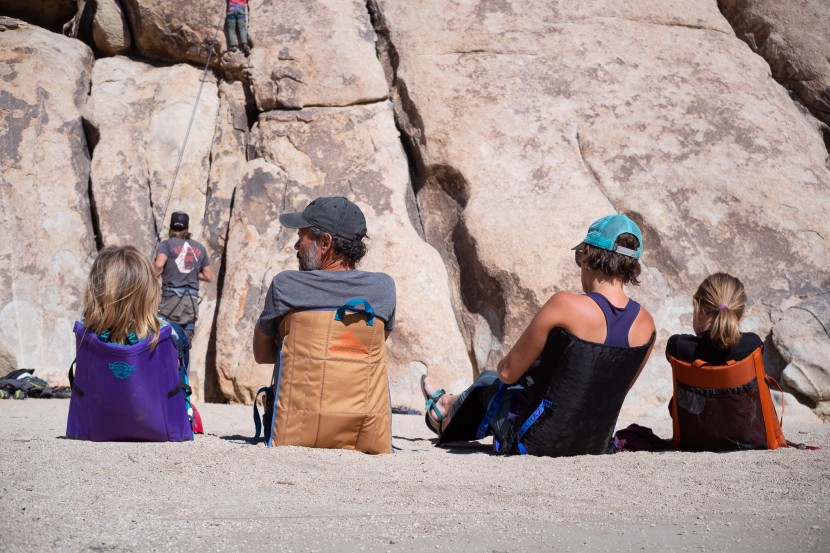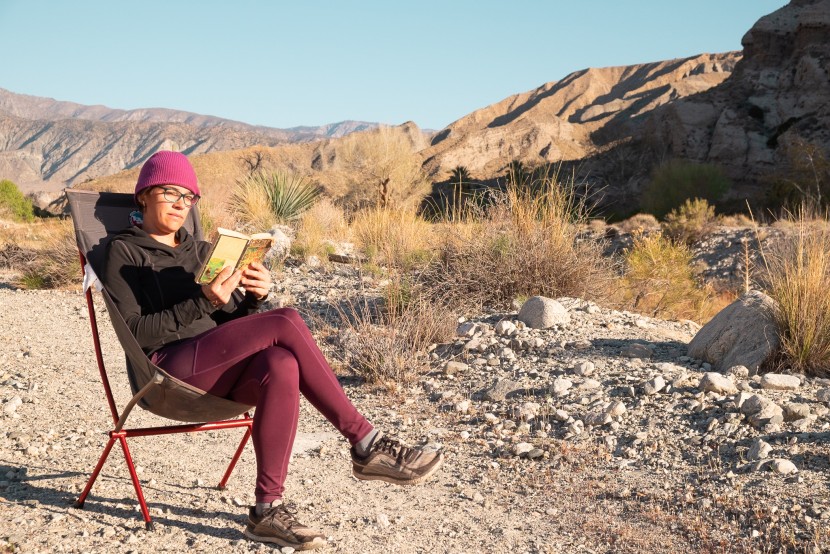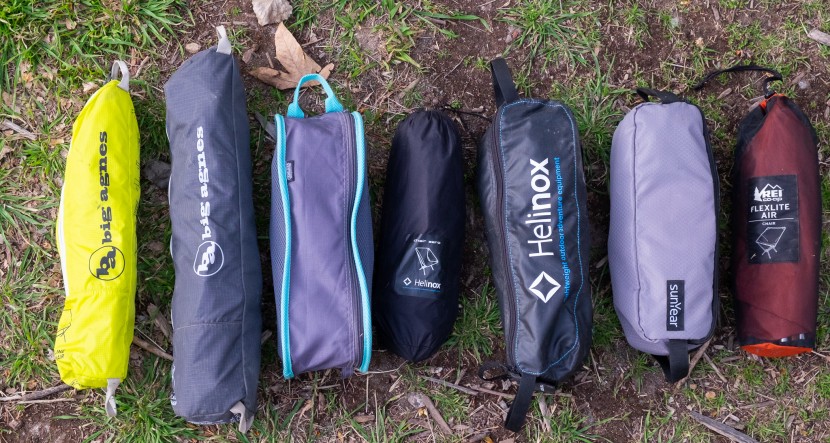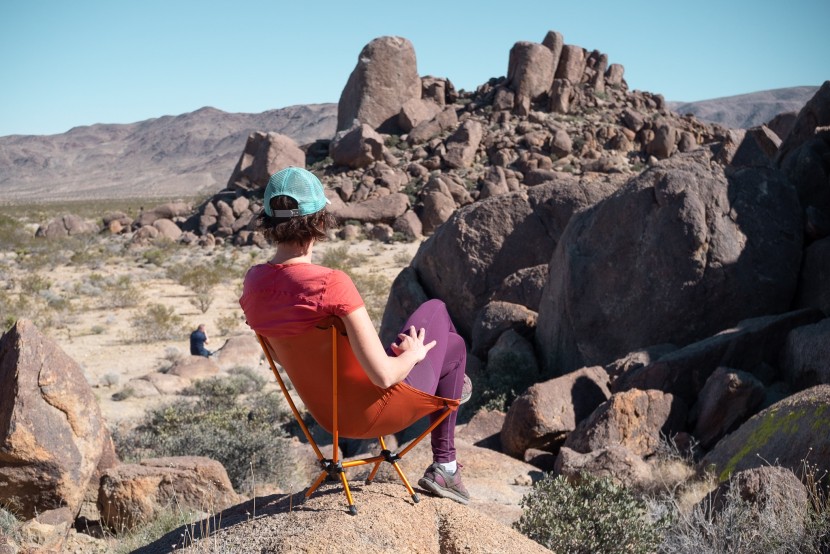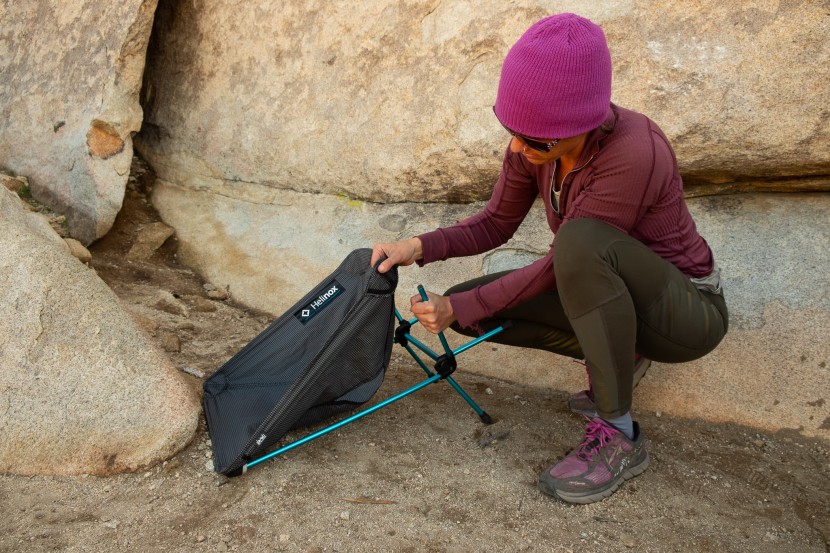To test our backpacking chairs, we took them just about everywhere we went throughout the spring and summer. From backpacking excursions to days at the crag, from concerts at the park to chilling on car camping trips in the woods, we did a lot of sitting to bring you a comprehensive review of the lightest chairs on the market. We gave them to our friends, family, and strangers to read, sunbathe, and drink beer in. We came up with four metrics to evaluate these portable thrones: comfort, size & weight, stability, and ease of use.
Comfort
If a chair doesn't make you more comfortable, what's the point? For this metric, we looked at a wide range of qualities, delving into the whys and hows of comfort. Ultimately, every person we asked to test agreed unanimously on the most comfortable ones. The criteria included back positioning, fabric type, cushioning, width, and height. We sat in sand, dirt, grass, parking lots, sharp rocky terrain, and anything else we could to push these portable chairs to their limit. Our testers could often be found with four chairs set up at a time, hopping back and forth between them to identify the small details that make each product unique. After weeks of testing, we let our butts and backs speak for themselves to assign scores for this metric.
Size and Weight
In all honesty, we weren't originally sold on the idea of a “backpacking” chair. And we think that you, like us, might be wondering why you'd add something as seemingly luxurious as a chair to your already heavy pack. This is where this metric proves its importance. We were surprised to learn how much comfort could be gained for an extra few ounces to a pound in the pack, and now we're happy converts. We realize that some of you may be counting ounces in order to justify such a comfort item, so for this metric, we looked at overall weight, compactness, and packability.
We put each product on our own scale and inspected dimensions with a tape measure to confirm the manufacturer's specs, and then rolled and strapped each product onto our backpacks to see how they would suit us on long days in the mountains.
Stability
For chairs that perform well in the stability category, you might not even give this metric a second thought. But for chairs that struggle, it's always on your mind. We evaluated a host of things that make a chair unstable: base width, foot shape, ease of adjustment, and pole flexibility and assembly. We sat on a wide range of surfaces, from soft sand and mud to jagged volcanic rock to nice flat pavement and granite. We leaned, reached, stretched, and twisted to see how easily we could maintain our upright position in each model.
We had folks of all heights and weights try out the chairs to determine which ones fit larger folks well and which ones might best be used by smaller bodies.
Ease of Use
While no chair we tested requires an advanced degree to use, some were easier than others to put together. We tried to set up each chair without reading any instructions, then tried again after seeing what the manufacturer had to say. As any outdoor enthusiast knows, putting your gear back in the bag it came from can be the most difficult part of the process, so we evaluated that as well. We tested to see if they had to be put together in a specific sequence or if parts could be attached in whatever order we wanted. We noted when some manufacturers included instructions or color-coded pieces and when no identifying information was provided.

